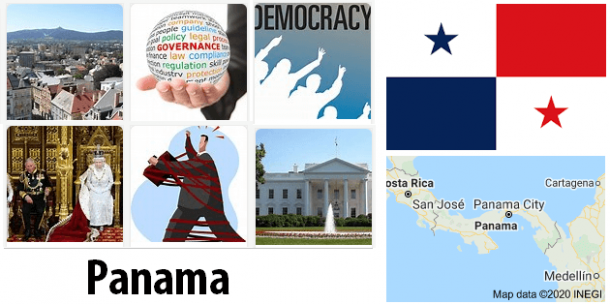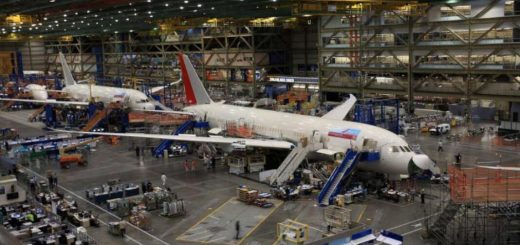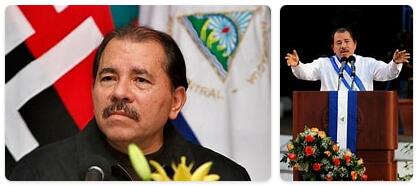Panama Government and Politics
State and politics

GOVERNMENT
According to the 1972 Constitution (revised no later than 2004), the President has the executive power. The president is elected in direct elections for a five-year term, together with two vice presidents; a former president can run for re-election only after two terms of office have passed.
The 71 members of the Legislative Assembly are elected in direct elections for five years. Panama is divided into nine provinces governed by governors appointed by the president as well as three autonomous territories of the indigenous population, comarcas indígenas.
Policy
The leading parties are Partido Panameñista (PPA), formerly called Partido Arnulfista (PA), and Partido Revolucionario Democratico (PRD). The PRD was formed by General Omar Torrijos, who was the country’s strong man and de facto leader from 1968 and until his death in 1981. The PRD is a center-left party and had government powers in 1994-99 and 2004-09. After the 2019 election, the PRD was back in office after its candidate Laurentino (“Nito”) Cortizo won the presidential election and the party received 35 out of 71 seats in the parliamentary elections.
The PPA is a conservative party founded in the 1930s by the nationalist Arnulfo Arias (1901–88). The party led the country in 1999–2004, and its candidate Juan Carlos Varela won the 2014 presidential election. The PPA received eight seats in 2019.
The most votes in the 2014 parliamentary elections were Cambio Democrático (CD), founded by businessman Ricardo Martinelli (President 2009-14). Five years later, the party backed to 18 parliamentary seats.
Judiciary
The legal system in Panama is mostly codified, including in civil law, commercial law, criminal law, trial law and administrative law. The judiciary consists mainly of district courts, higher district courts and a supreme court; In addition, there are small litigation courts, labor courts and maritime law courts. The death penalty was abolished in 1922; the last execution took place in 1903.
Heads of State
Presidents after the 1968 coup
| 1968-78 | Omar Torrijos |
| 1978-82 | Arístides Royo |
| 1982-84 | Ricardo de la Espriella |
| 1984 | Jorge Illueca |
| 1984-85 | Nicolás Ardito Barletta |
| 1985-88 | Eric Arturo Delvalle |
| 1988-89 | Manuel Solís |
| 1989 | Manuel Noriega |
| 1989-94 | Guillermo Endara |
| 1994-99 | Ernesto Pérez |
| 1999-2004 | Mireya Moscoso |
| 2004-09 | Martín Torrijos |
| 2009-14 | Ricardo Martinelli |
| 2014-19 | Juan Carlos Varela |
| 2019- | Laurentino (“Nito”) Cortizo |

History
In October 2006, Panamanian citizens voted in favor of the interoceanic canal expansion works for a total cost of 5.25 billion dollars. The contract was awarded to the Grupo unidos por el canal consortium, led by the Spanish Sacyr and the Italian Impregilo, which began construction in 2007.
In the elections of May 2009, Ricardo Martinelli triumphed (60% of the votes), candidate of the center-right Cambio democrático (CD) party, supported by the liberal-conservative coalition Alianza por el Cambio. The candidacy of Martinelli, entrepreneur and former minister for the management of the canal, as well as presidential candidate in 2004, garnered the unanimous support of the economic elites, lined up against the center-left candidate Balbina Herrea.
Arriving in power, Martinelli implemented a series of important social policies (increase in the minimum wage, economic support for pensioners and less well-off students) and undertook an ambitious tax reform aimed at simplifying and reducing corporate taxes. Furthermore, in 2010 the government unveiled an investment plan in major infrastructural works (roads, hospitals, schools and the subway of the capital) for a value of 20 billion dollars. During Martinelli’s mandate, the free trade treaty with the United States entered into force, signed in 2006 but blocked for a long time by the US Congress.
The canal expansion works suffered delays (initially scheduled for 2014, the end of the works was postponed to 2016) and complications due to the workers’ union protests, as well as to economic disputes with the authorities relating to the extra costs that emerged in the expansion work. Compared to its initial $ 5.25 billion budget, the consortium claimed another $ 1.6 billion from the government. After a political-legal dispute lasting over a year, the parties reached an agreement on the sharing of the additional costs, and the work could resume.
In the elections of May 2014, Juan Carlos Varela, vice-president of the Martinelli government, surprisingly won the elections at the head of the Partido Panameñista, taking a critical position towards the former president and ally, and defeating the candidate of the ruling party José Domingo Arias.


